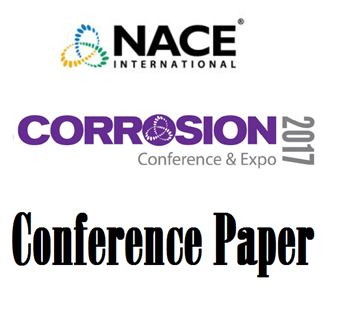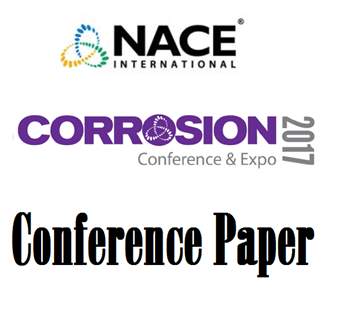Search
Products tagged with 'modeling'
View as
Sort by
Display
per page
Acidification of the Electrolyte in the Carbon Steel/ Aluminum Alloys Galvanic Couple: Modeling and Experimental Study
Product Number:
51321-16334-SG
Publication Date:
2021
$20.00
An Enhanced Prediction Model For Simultaneous Naphthenic Acid And Sulfidic Corrosion Quantification
Product Number:
51322-17901-SG
Publication Date:
2022
$20.00
Calculation Of Surface Speciation On Mild Steel Under Applied Polarization
Product Number:
51321-16913-SG
Publication Date:
2021
$20.00
Comparative Evaluation of Four Viscoelastic Materials for Coating Patch Repairs
Product Number:
51321-16444-SG
Publication Date:
2021
$20.00
Corrosion In Dense Slurry And Models Performance
Product Number:
51322-17743-SG
Publication Date:
2022
$20.00
Corrosion Susceptibility Prediction and Lifetime Extension of Nuclear Dry Storage Canister using Weather Data
Product Number:
51323-19441-SG
Publication Date:
2023
$20.00
Electrochemical Model of Sour Corrosion of Mild Steel - Validation at High H2S Partial Pressures
Product Number:
51317--9098-SG
ISBN:
9098 2017 CP
Publication Date:
2017
$20.00
Enhanced Corrosion Prediction Model for Multiphase Oil and Gas Production Systems
Product Number:
51317--9419-SG
ISBN:
9419 2017 CP
Publication Date:
2017
$20.00
Heat buildup for Thermally Insulative Coatings due to Solar Exposure: Efforts in Modeling and Prediction
Product Number:
51323-19496-SG
Publication Date:
2023
$20.00
Improved Localized Corrosion Models For Stainless Steels In Aqueous Chloride Environments With Low Levels Of Dissolved Oxygen
Product Number:
51322-17955-SG
Publication Date:
2022
$20.00
Improved Unit Economics, Crude Blending and Throughput Management Using a Novel High Temperature Corrosion Prediction Framework
Product Number:
MECC23-20054-SG
Publication Date:
2023
$20.00
Laying the Foundation for an Engineered and Integrated Approach to Pipeline External Corrosion Protection
Product Number:
51322-17962-SG
Publication Date:
2022
$20.00












